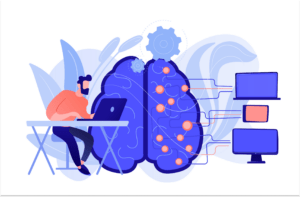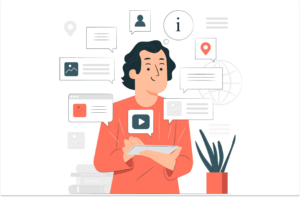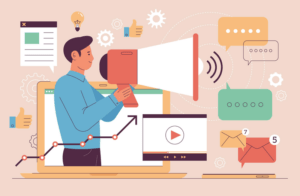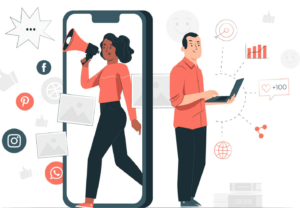Marketing isn’t what it used to be. The B2B marketing strategies that worked a few years ago might not cut it anymore. And, with 2025 here, it’s time to rethink how you reach and engage your audience. The truth is, buyers are more informed than ever, competition is fierce, and generic marketing just doesn’t work. You need strategies that are targeted, data-driven, and focused on building real connections. If you’re wondering how to make an impact this year and beyond, here are the top B2B marketing strategies that will help your business stand out.
1. Focus on Account-Based Marketing
Casting a wide net and hoping for the best isn’t enough for B2B companies anymore. If you’re not already using account-based marketing, or ABM, it’s time to start. Instead of trying to attract as many leads as possible, ABM focuses on building strong relationships with high-value accounts. ABM works best when sales and marketing teams are fully aligned. It’s all about personalization. From custom content to tailored outreach, the goal is to make your prospects feel like your solution was built just for them. With the right approach, ABM can shorten sales cycles and drive higher conversions.
2. Use AI (The Right Way!)
AI is everywhere, but not all businesses are using it effectively. The key isn’t just automating tasks, it’s using AI to enhance the human side of marketing. Instead of relying on generic AI-generated content, use AI-powered tools to analyze customer behavior, predict trends, and personalize interactions. For example, AI-driven insights can help you understand what your ideal customers are searching for, what challenges they’re facing, and what type of content resonates with them. This means you can create marketing campaigns that actually connect rather than just adding to the noise. This is a lot more valuable than using AI-generated content in blogs and social media posts like a lot of companies are doing today.
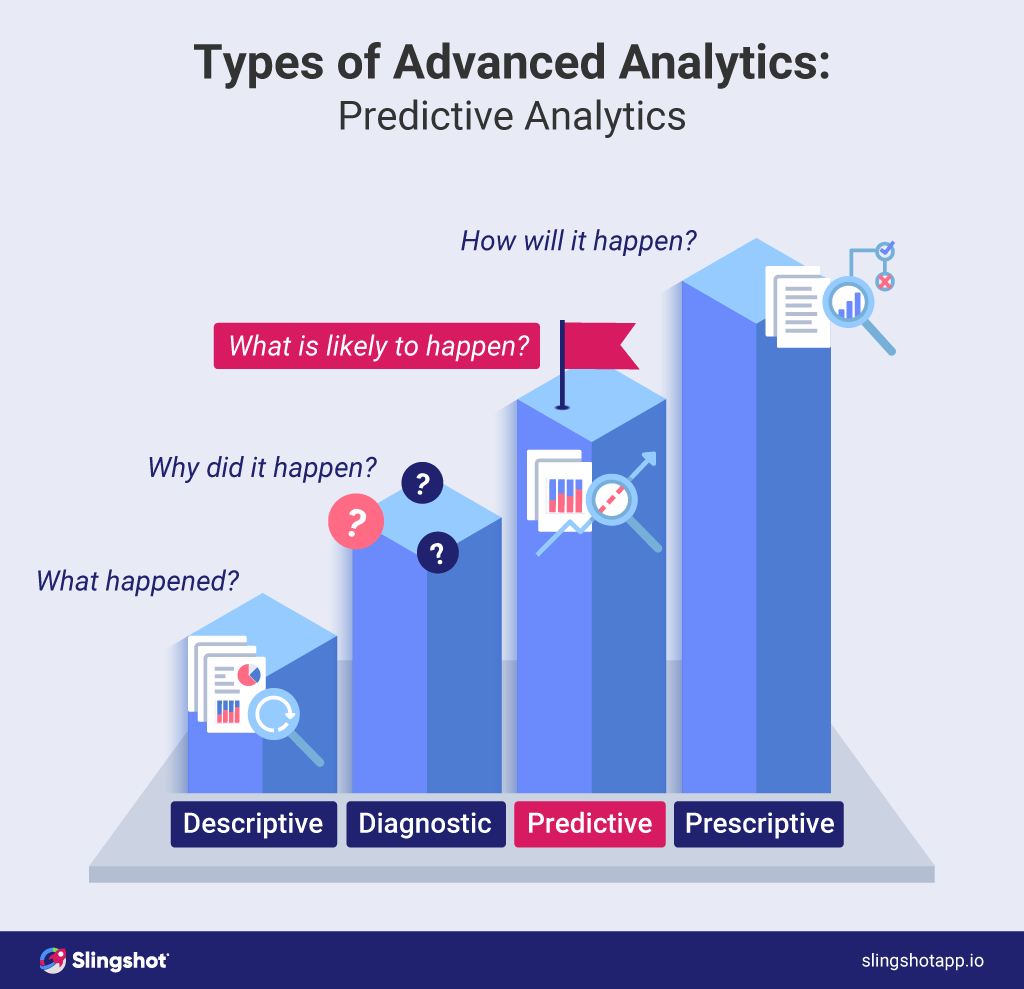
3. Personalized Campaigns
Gone are the days of one-size-fits-all marketing. Personalization leverages segmentation, data, and predictive analytics to deliver content, emails, and ads that resonate with your audience. By analyzing user behavior, companies can send targeted messages based on browsing history, purchase patterns, and engagement levels. Personalized email campaigns, dynamic website content, and AI-driven product recommendations enhance customer relationships and improve conversion rates.
4. Leverage LinkedIn for Thought Leadership
LinkedIn is where your audience is as a B2B company. But, simply having a presence on LinkedIn isn’t enough. You need to be actively engaging, whether it’s from your company or personal account. The days of just sharing blog links and calling it a day are over. Decision-makers want to see valuable insights, industry trends, and thought-provoking content. By posting regularly, engaging with comments, and sharing your expertise, you can position yourself and your company as thought leaders. The more trust you build, the more likely prospects are to choose you when they’re ready to buy.

5. Video Marketing
People don’t want to read through pages of text to understand what you do. Video marketing continues to dominate, and it’s one of the most effective ways to explain your product or service, showcase customer success stories, or even introduce your team. The key here is keep it short and engaging. No one wants to sit through a 10-minute demo video. Focus on storytelling, break down complex topics, and make sure your videos feel authentic rather than overly scripted. Whether it’s YouTube Shorts, LinkedIn, or videos on your website, video can be great marketing strategy to build trust and engagement.
6. SEO and Content Marketing
B2B decision-makers do extensive research before making their decisions, and if your website isn’t ranking on Google, you’re invisible. A strong SEO and content marketing strategy builds trust and attracts the right audience over time. Focus on high-quality, evergreen content like blog articles, case studies, and pillar pages optimized for search intent. Beyond written content, leverage video, podcasts, and interactive tools to engage different audiences. Prioritize a well-structured website, fast load times, and mobile optimization for better rankings. But, keep in mind that SEO isn’t a one-time effort. As a result, regular updates, strategic link-building, and data-driven refinements will keep your brand competitive and visible
7. Create More Interactive Content
People don’t just want to consume content, they want to engage with it. Instead of just publishing blog posts, think about how you can make your content more interactive. Webinars, live Q&As, and virtual events are great for engagement. Online assessments, quizzes, and calculators can help prospects see the value of your solution in real time. Interactive content doesn’t just keep people interested, it also helps you collect valuable data on what your audience cares about. Keep in mind, that this doesn’t just have to be done on your website. Below is a great example from Sophos, a cybersecurity software, where they are polling their followers on LinkedIn.

8. Prioritize Customer Experience
Marketing isn’t just about getting new customers. It’s about keeping them as customers too. Every touchpoint matters, from the first email they receive to how smoothly your onboarding process goes. Make sure your marketing, sales, and customer support teams are aligned so that customers always have a seamless experience. Happy customers will not only stick around longer but will also refer others, making your marketing efforts even more effective. Take a look at our article, B2B Customer Retention Strategies That You Need to Know, to learn more about keeping your customers coming back for more.
9. Optimize Your Website
A slow, outdated, and hard to navigate website will drive prospects away. Even if your calls to action are enticing. Make sure your messaging is clear, your CTAs are strong, and your site is designed to guide visitors toward booking a demo or reaching out. SEO also plays a huge role. If your site isn’t ranking for the right keywords, you’re making it harder for potential customers to find you. Regularly update your content, optimize your pages, and ensure your site is mobile-friendly. If you’re not sure how your website is performing, heatmap tools like Hotjar can help you identify how your visitors are engaging with your website. As a result, this will help you make smarter decisions on how to improve your site for future visitors.
10. Identify Your Website Visitors
Alongside optimizing your website, you should also be identifying your website visitors. With the help of Visitor Queue, you can see the companies that visit your site, along with how they got there, the pages they visited, and how long they spent on each page. Additionally, you can gain access to employee contact information to help you reach out and see if they found what they were looking for. For example, if you notice that a company who has visited your website multiple times has now visited your pricing page, have one of your sales reps reach out to see if they need any help moving forward. Try Visitor Queue for free today and stop losing leads.
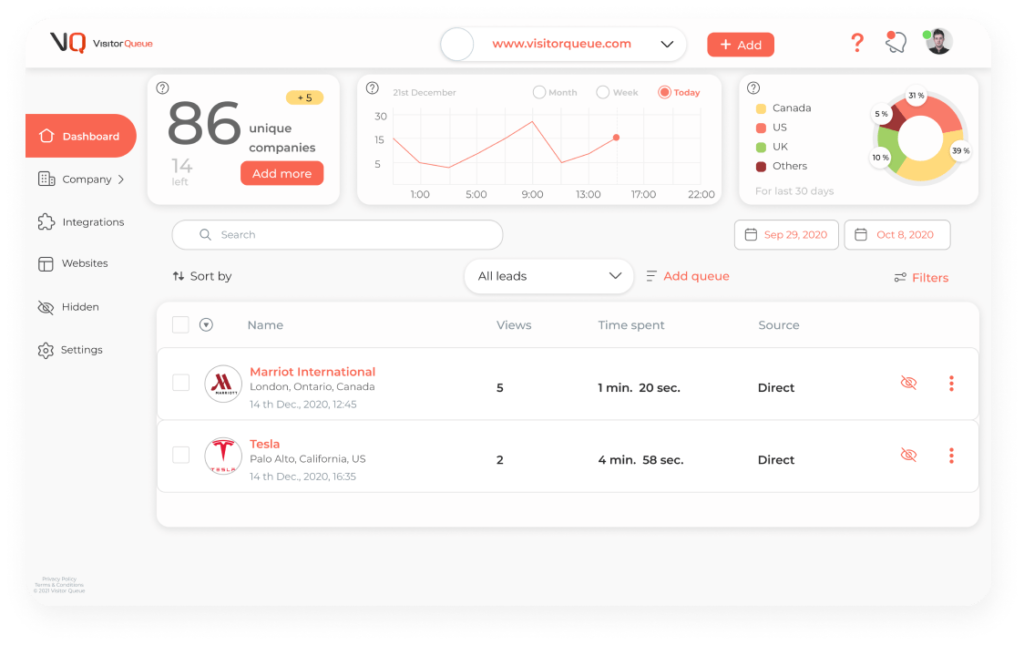
11. Co-Marketing Partnerships
Collaborating with other brands that share a similar audience but offer complementary products or services can be a powerful way to expand your reach. Co-marketing efforts, such as joint webinars, co-authored research reports, and shared social media campaigns, allow both companies to tap into each other’s customer bases. Strategic partnerships also lend credibility to your brand by associating it with other trusted industry leaders. An example of this is how we partnered with demandDrive to co-write this article, 10 Best Lead Generation Tactics and How to Follow Up. Both companies shared this to their own audiences via social media and email campaigns, effectively doubling the audience.
12. Paid Advertising
Paid advertising is one of the most effective ways to get your brand out there to both new and returning customers. But, it requires a strategic approach in order to get any ROI. With LinkedIn Ads specifically, you can target prospects based on company name, industry, job title, location, company size, and other highly specific factors. Because of this level of specificity, the price of LinkedIn Ads is often higher than Google Ads or other paid platforms. This makes it extremely important to build out your ideal customer profile and have a thorough understanding of your sales funnel. If you are spending a lot of money on ads, you don’t want to be advertising a Buyer’s Guide Whitepaper to people who have never heard of your company before. To optimize ROI, you should constantly test new creatives, optimize your landing pages, and refine audience segments.
13. Podcasting for Brand Awareness
By hosting or sponsoring industry-related podcasts, businesses can reach decision-makers who prefer on-the-go content. A well-produced podcast can showcase thought leadership, share customer success stories, and provide valuable insights that resonate with a niche audience. Repurposing podcast content into blog posts, social media snippets, and email campaigns extends its reach and maximizes engagement. Consistency and high-quality production are key to building a loyal listener base that associates your brand with expertise and credibility.
14. Community-Led Growth
Building an engaged community is one of the most organic ways to create brand advocates and build long-term relationships. B2B companies can establish industry-focused communities on LinkedIn, Slack, or dedicated forums on Reddit where customers and prospects can interact, ask questions, and share experiences. Community-driven marketing helps build trust, encourages user-generated content, and positions your company as a go-to resource. Hosting exclusive webinars, AMAs (Ask Me Anything) sessions, and networking events within these communities adds additional value and strengthens customer relationships.
15. Keep Testing and Adapting
Marketing is always changing. Trends shift, audience behavior evolves, and new technologies come to market. Because of this, the best marketers are those who are continuously testing different strategies and adapt accordingly. A/B testing, audience segmentation, and collecting feedback ensures that your campaigns remain relevant and effective.
What’s Next?
B2B marketing in 2025 and beyond is more than just generating leads. It’s about building long-term relationships, delivering value, and creating an experience that your customers remember. Keep in mind that many of the B2B marketing strategies mentioned above will need testing and analyzing to ensure that they are performing to the best of their abilities. As always, if you have any questions about using Visitor Queue to identify your website visitors, we’re here to help.
 Identify
Identify Personalize
Personalize Benchmark
Benchmark Agencies
Agencies Integrations
Integrations Case Studies
Case Studies Use Cases
Use Cases Blog
Blog Resources
Resources

